American Wisteria Facts
- Most notably, the term American Wisteria applies to a magnificent variety of woody climbing vine, from the Family Fabaceae. Professional researchers and botanists, however, typically refer to it by its very similar scientific name.
- That’s the comparatively simple, for a technical term, name of Wisteria frutescens. The renowned Swedish botanist Carl Linnaeus made the first official description of this gorgeous flora. This action occurred in the late 18th century.
- Much like many other beautiful plants, its great beauty conceals a somewhat dark secret, though. That holds true due to the fact that many parts of the seemingly delicate species contain a type of toxic chemical known as a saponin.
- Ingestion of even a few of the seed pods it produces can cause extremely unpleasant symptoms. These experiences rarely prove fatal to the hapless victim, however. Nevertheless, cautions should be taken when interacting with the beauty.
- For the moment, the fabulous American Wisteria appears to have a stable population throughout the entirety of its natural range. This also appears, at least for the moment, to hold true throughout the entirety of its native range.
- It also now appears in many parts of the world as a decorative plant. The IUCN, therefore, currently has no listing for it. It could be considered to be facing at least one threat to its existence, though. That would be the danger of climate change.
Related Articles

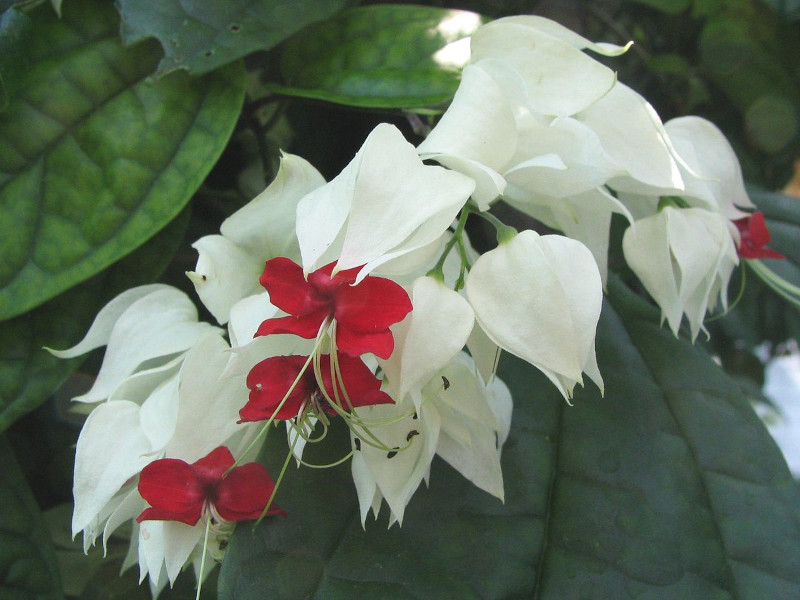
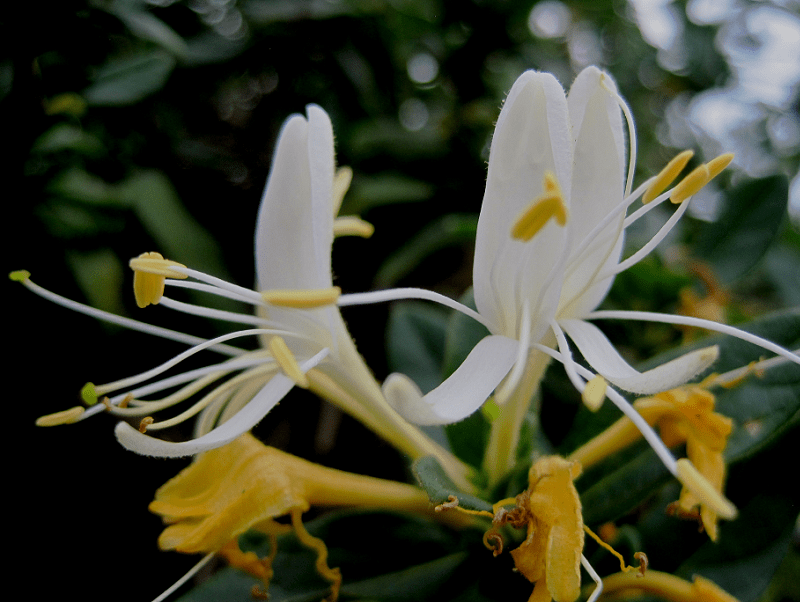
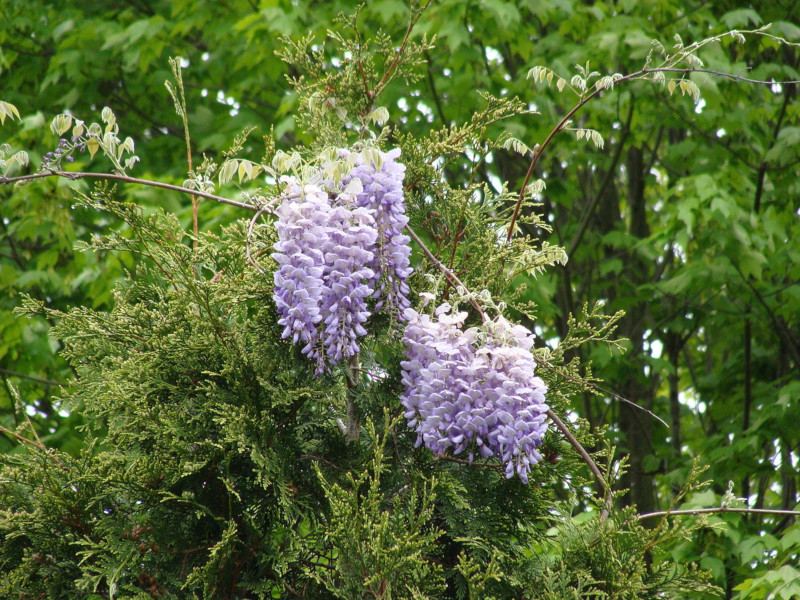
American Wisteria Physical Description
The fabulous species known commonly as the American Wisteria represents a stunning variety of flora. But its beauty alone isn’t the only amazing quality it possesses. Nature and evolution, it seems, truly blessed this particular variety of Angiosperm.
That’s because this marvelous vine also has the impressive ability to grow to incredible lengths. In point of fact, individual specimens of this particular variety of Wisteria sometimes reach staggering lengths. Some measure as much as 50 ft (15 m).
The stunning American Wisteria also has yet another quality to add to its visual appeal, however. That’s the fact that it also produces numerous clusters of beautiful flowers. The delightful hues of these blossoms, in such numbers gives it a magnificent presence.
These beauties further typically develop with a lovely blueish-purple color. Remarkably, those delicate clusters sometimes grow to as long as 6 in (15 cm). The foliage, meanwhile, consists of shiny dark-green leaves that range in length from roughly 6-12 in (15-30 cm).
- Kingdom: Plantae
- Phylum: Angiosperm
- Class: Eudicots
- Order: Fabales
- Family: Fabaceae
- Genus: Wisteria
- Species: W. frutescens
American Wisteria Distribution, Habitat, and Ecology
Quite unfortunately, the breathtaking vine known as the American Wisteria evolved as native to a restricted portion of North America. That regrettably limited zone of habitation currently consists of only certain portions of the southeastern section of the United States.
More specifically, the marvelous variety of flora mainly appears from the state of Virginia to the state of Texas. Scattered populations, however, also appear in the states of New York and Michigan. Human actions may have potentially spread the plant further.
Even within this restricted range, however, the gorgeous vine has definite preferences in its choice of habitat. That’s because, when left to its own devices, it appears almost solely in regions consisting of various wetlands, and sometimes along some river banks.
The fascinating plant’s also an almost unsurpassed opportunistic climber. In fact, this incredible species, clings to and climbs virtually any support available to it. Perhaps most commonly, though, this available support consists of various trees.
The magnificent American Wisteria further distinguishes itself from related species in yet one more fashion. That holds true due to the fact that, unlike those of other types of Wisteria, its blooms possess no noticeable fragrance. The reason for this remains a mystery.
Blooming in the very early Spring, those same blossoms also have a characteristic different from related species. That’s because they evolved very short blooming periods. Wherever it appears, this gorgeous work of Nature also prefers direct sunlight.
Species Sharing Its Range
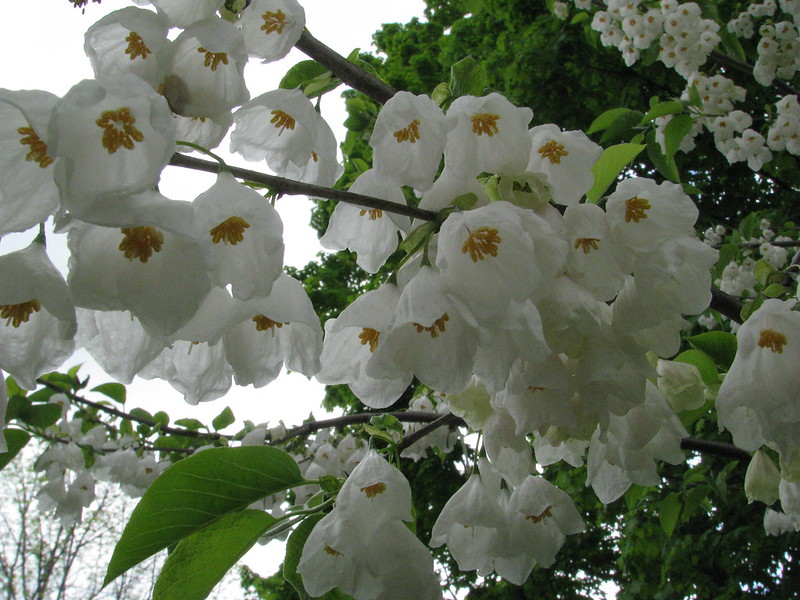

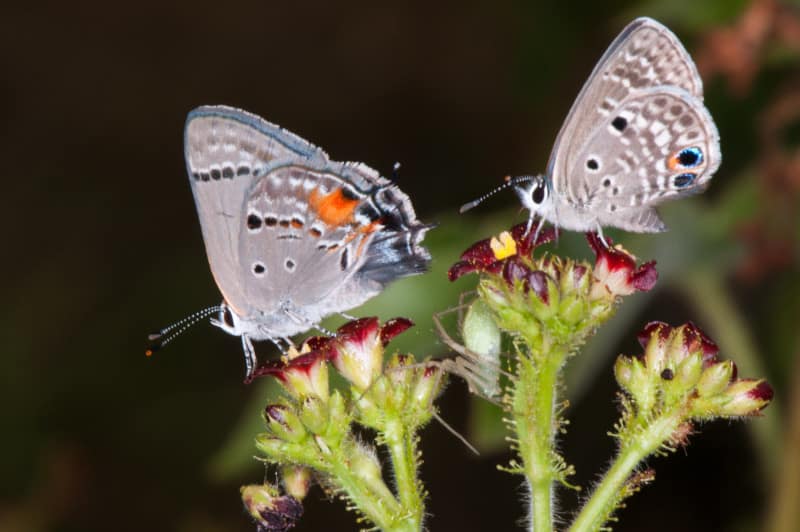
Check out our other articles on 7 Supremely Scintillating Cnidaria, Northern Bald Ibis, Cango Caves, Iridescent Bark Mantis, Numbat, Wallace’s Flying Frog, Leatherback Sea Turtle
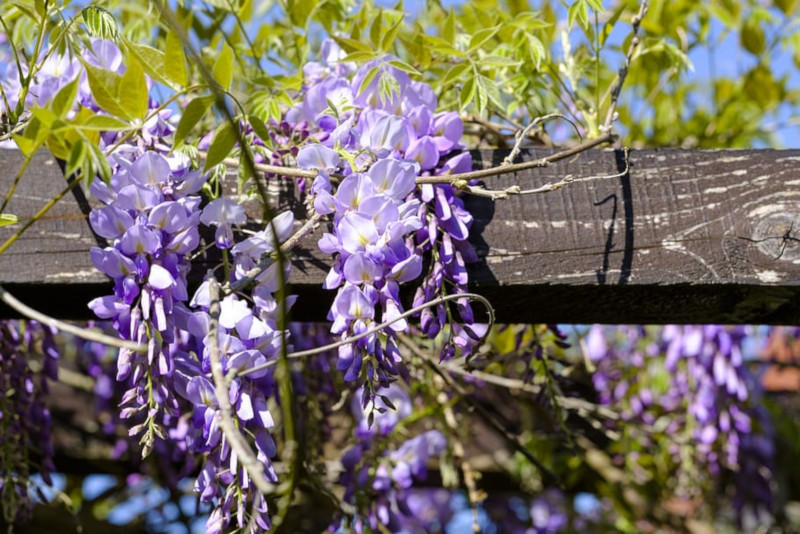
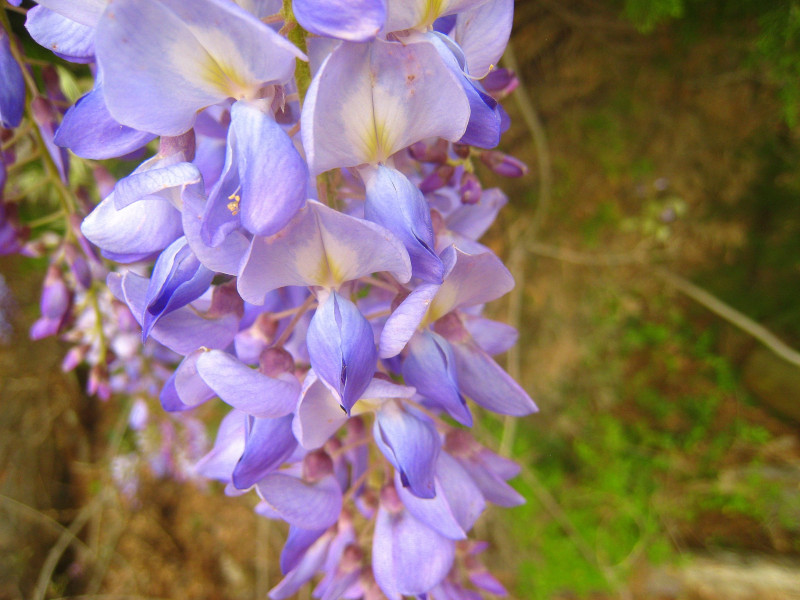









Leave a Reply